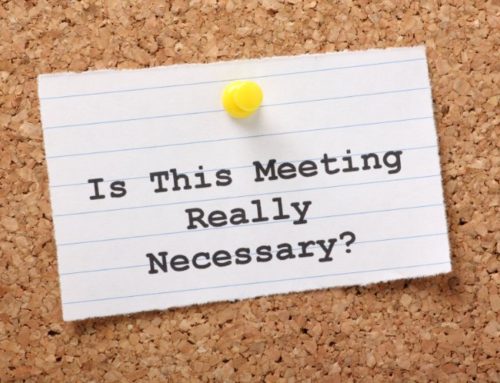Why Is It So Difficult?
Whether you have been in sales for years or are just starting your sales career, most salespeople can relate to the fact that there are some customers that you just cannot relate to, no matter how hard you try, discussions with these clients just don’t seem to go the way that you would like.
Ever wondered why this is? Everybody is different, but there are some people who are just programmed differently to you.
The good news is that there is a way to bridge the gap if you are willing to invest five minutes of your time.
In 1981, David Merrill and Roger Reid wrote a book called “The Theory of Social Styles” Personal Styles and Effective Performance: Making Your Style Work for You. This book has laid the foundation for an approach that has been adopted by many sales training companies around the globe.
Simply put it categorizes people into one of four Social Styles, based on speed of thinking and logical reasoning.
- Expressives – Make decision based on emotion, quickly
- Amiables – Make decisions based on emotion, but take their time
- Drivers – Make logical decisions based on the main facts quickly
- Analytics – Make logical decisions using all the information in their own time

The good news is that these communication challenges can easily be overcome, by just taking the time to try and understand which style You are, and then looking for clues as to who is sat across the table from you, you should be able to adjust your approach to be respectful of the other persons needs and make a stronger connection with them.
For Example: A typical sales pitch from an Expressive will be a strong emotional pitch and they will want their customer to make a decision quickly based on this pitch. However, if the person sat opposite them is an Analytic, this pitch will likely miss the mark. Due to the fact that Analytics need time to go away and review all of the data they have gathered before they are comfortable making a logical decision.
If the Expressive takes the time to look for clues as to who they are talking to, such as the speed of the person’s speech or the types of questions they are asking, these clues should help the Expressive recognize that they are dealing with an Analytic and that they need to slow down to the Analytics pace, make sure to answer all of their questions, provide as much detail as is requested and not to pressure the analytic for a response.
Instead of telling a story or providing testimonials and references to the Analytic the Expressive should provide their information in a more factual way and any stories should be short and fact based supported with data, this approach will be received much better by the analytic and the Expressive has just significantly increased their chances of success.
Go give it a try on your next sales call and let us know how you make out!





